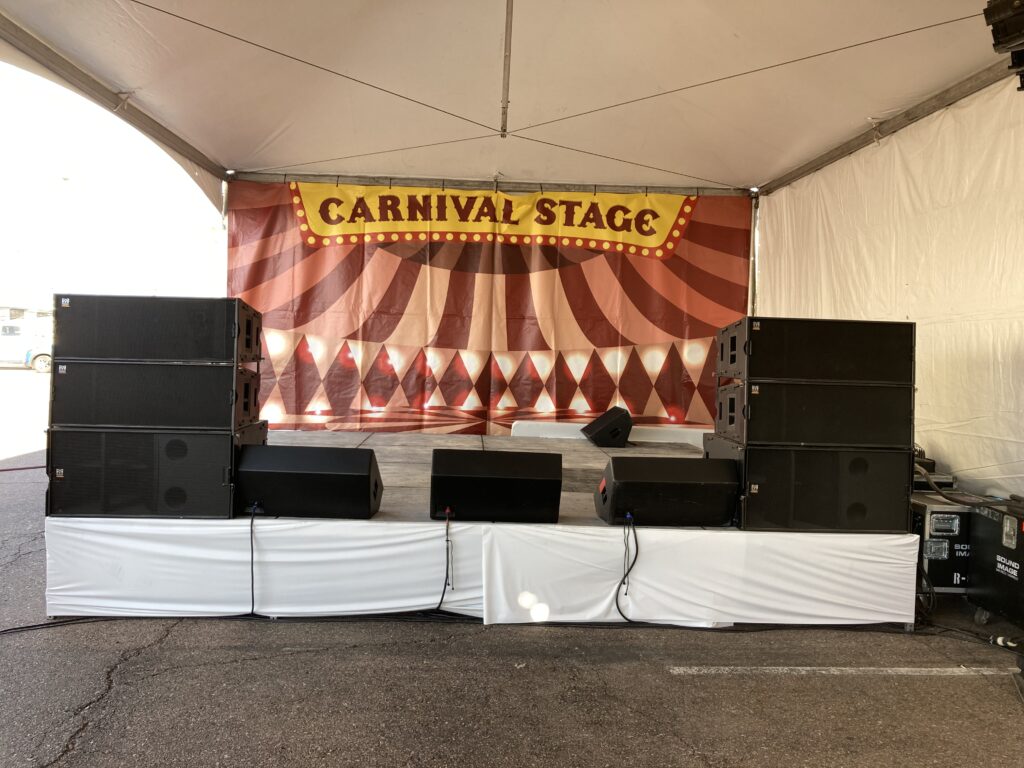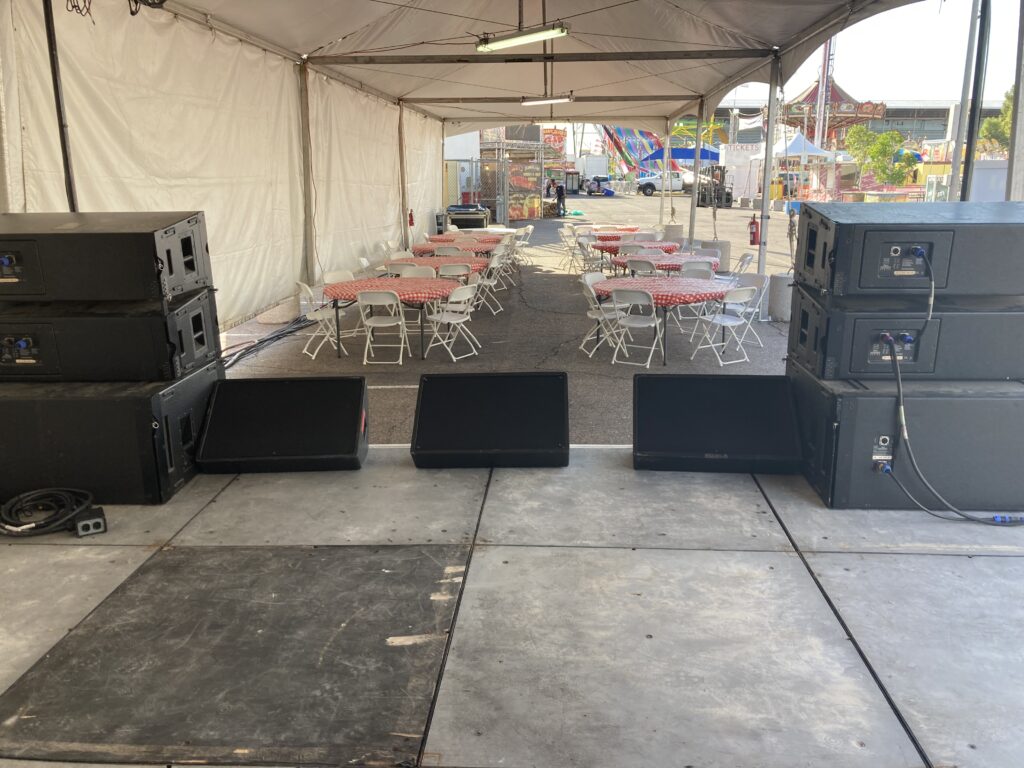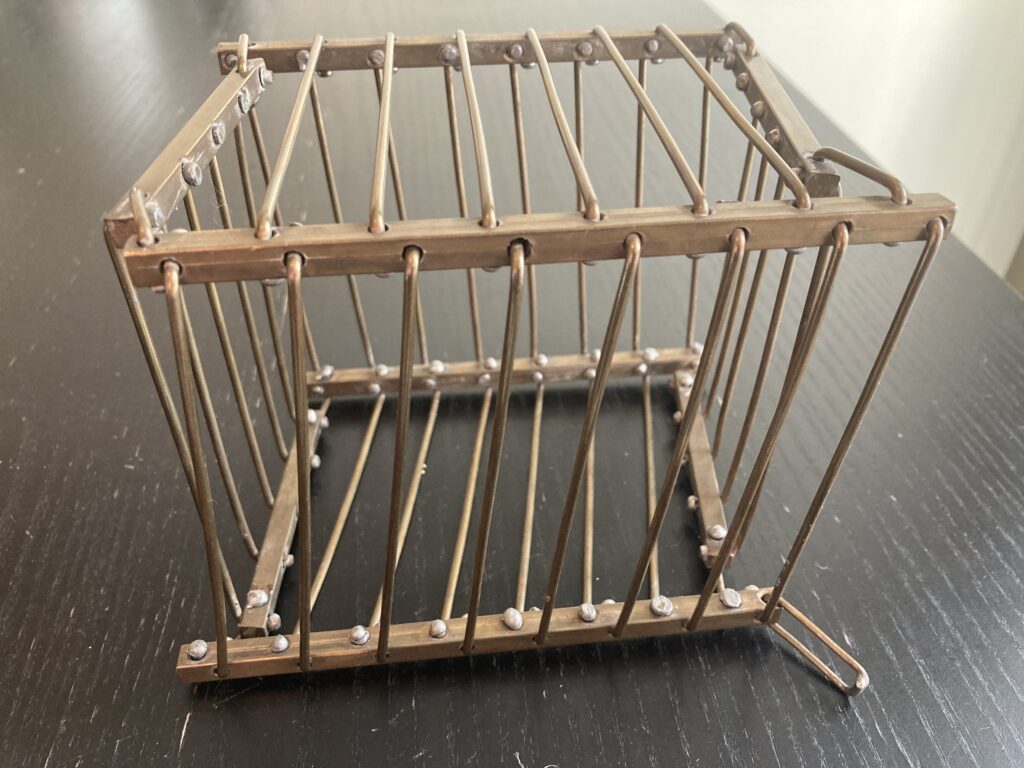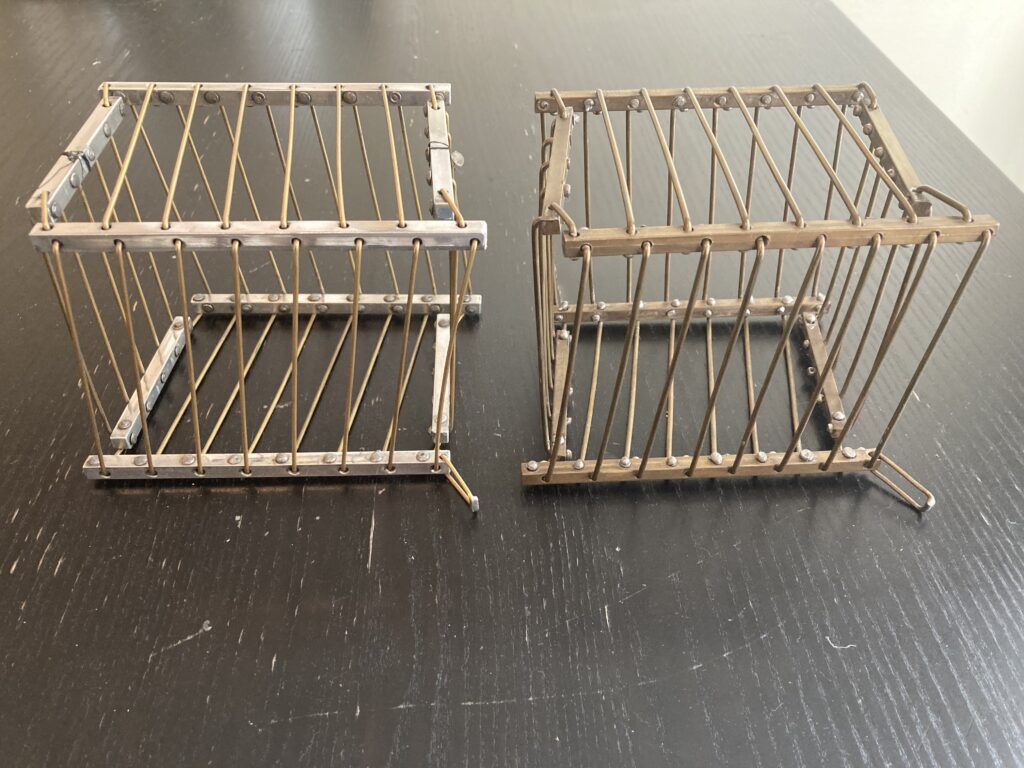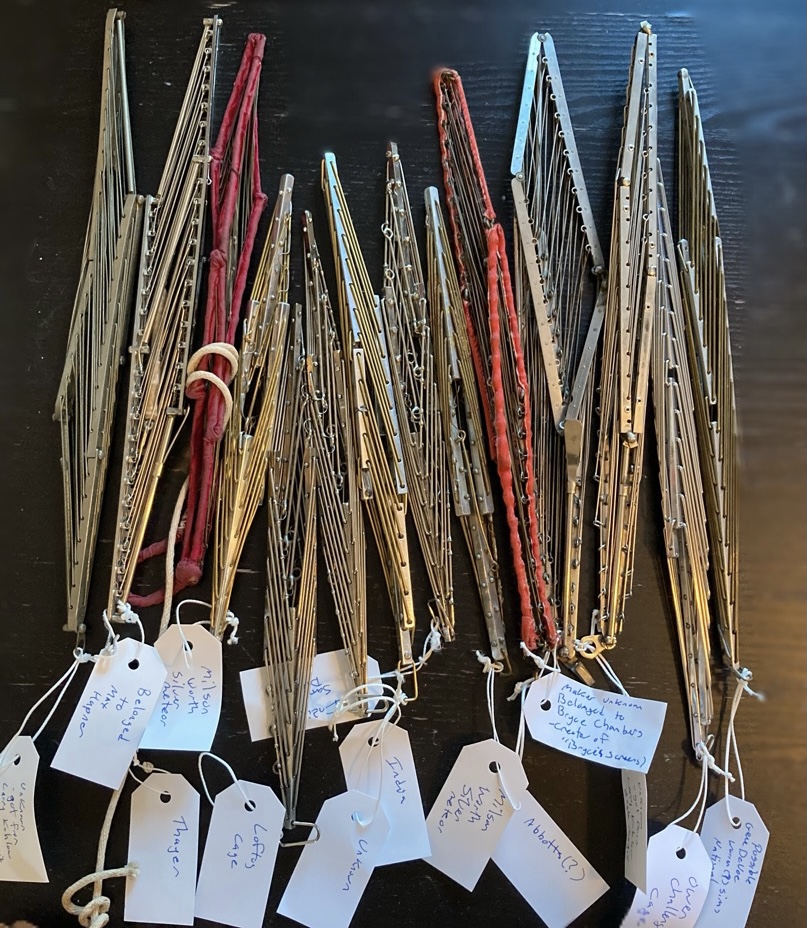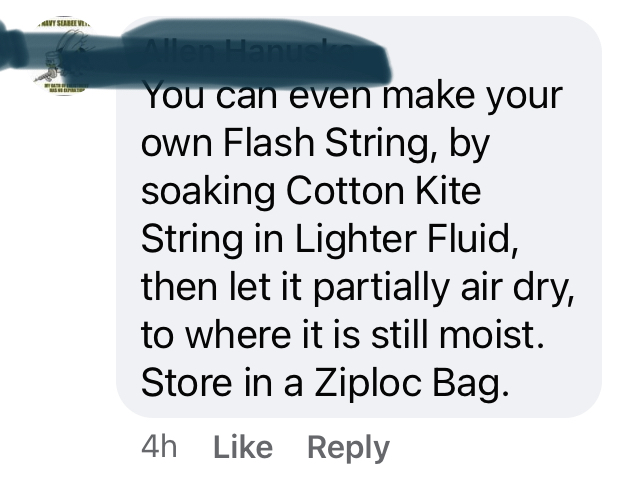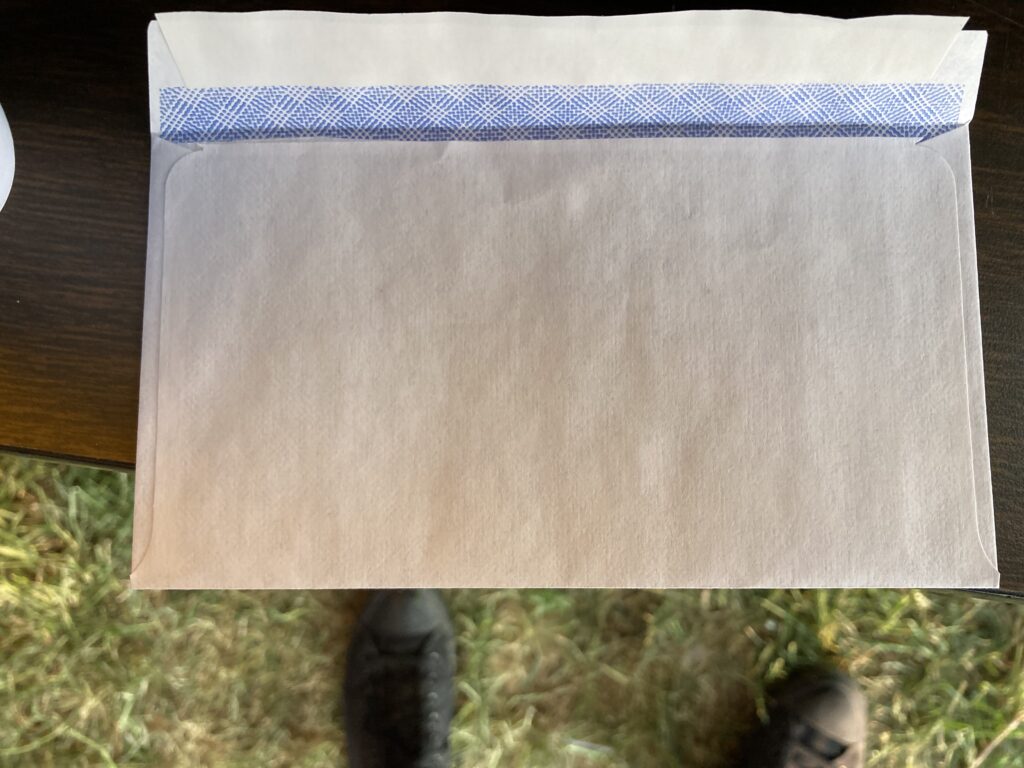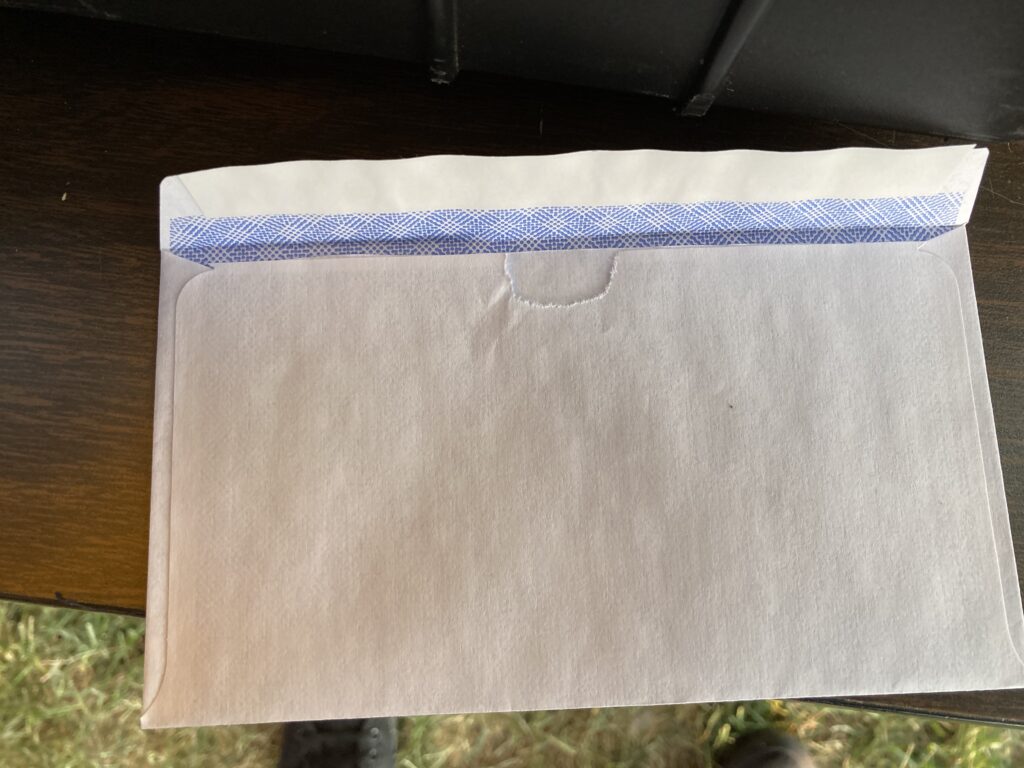At the end of the day yesterday, I mentioned to my contact in the event production that having all tables up front isn’t really conducive to doing a show. It may work for more ambient things like music, but not for an interactive show that people need to pay attention to. I also mentioned the giant speakers on stage, and how the took out usable performing area. Their 16 foot wide stage, only had 8 feet of usable space. I think showing them this picture of a band on that stage helped get my point across:
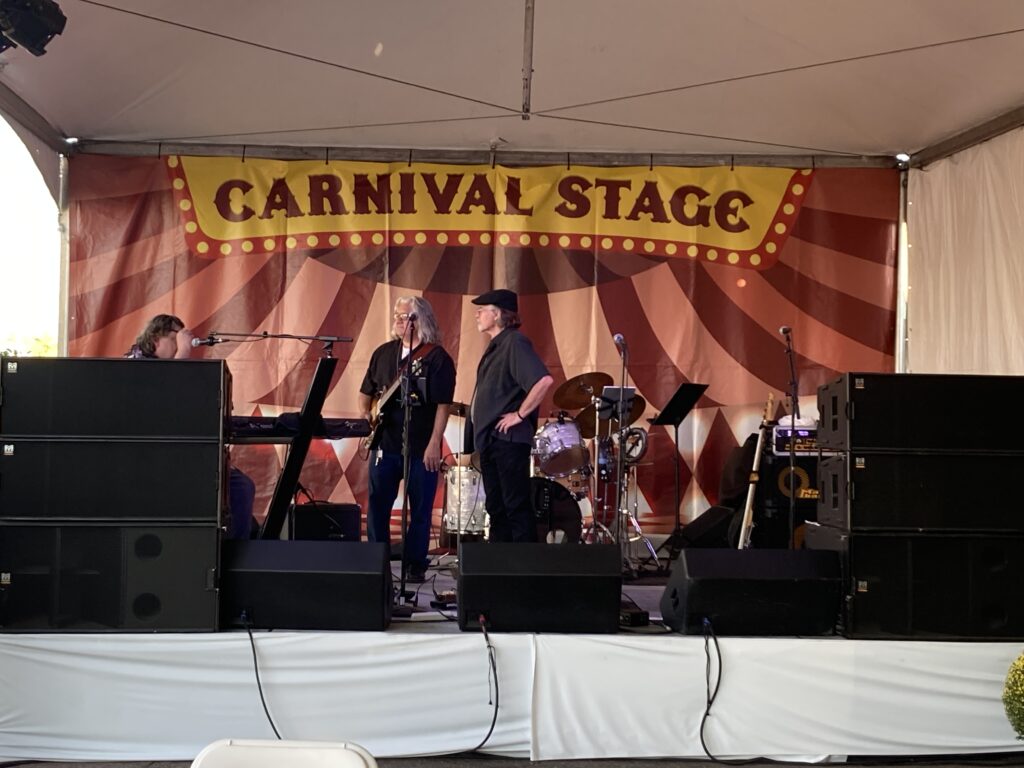
The poor keyboard player was buried in the behind the speaker. I was told the the speakers wouldn’t move, and I’ll need to figure out how to work around them. In a compromise, if I figured out how to do my show with the speakers onstage, they would give me some benches up front and take out the front two tables.
To my surprise, this is what I walked into this morning:
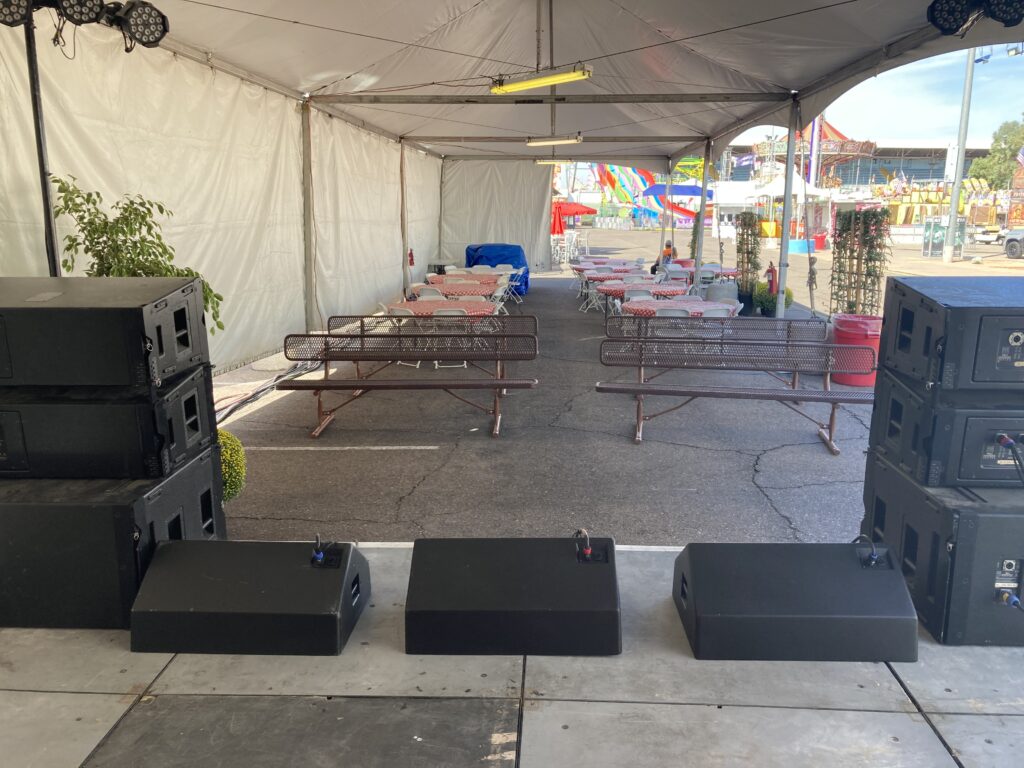
The benches made a world of difference! It gives me a place for my anchor crowd to sit. Once I have that group, I can win over the people with their backs to me at the tables…or I can walk those people as they’ll realize that sitting and chatting at the tables isn’t easy during my show. Once I walk the people that don’t want to watch my show, I can fill the space with people who do.
I’m hoping that people will see that I was right about the benches and maybe think my idea with moving the speakers (somehow) has some merit. I’ll revisit that conversation with production later in the week.
-Louie

